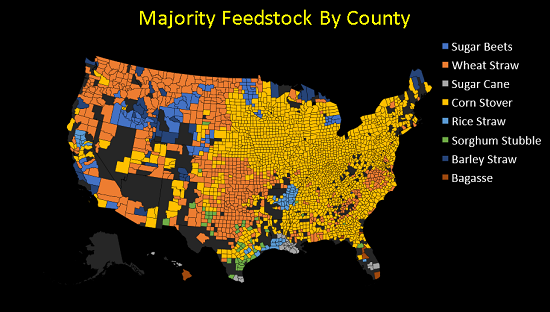In The Cab, On The Cob: A Guide To Ethanol Additives
by Black Ink Team
Your car likes mixed drinks. Under the Renewable Fuel Standard, it is required by law that all transportation fuel sold contains a minimum amount of renewable fuels. Usually that additive is ethanol, a distillate of plant material. The required ratio of renewable fuel is set to increase each year to lower emission levels.

There are two types of ethanol: starch and cellulosic. Whatever biomass or ‘feedstock’ that gets used to produce the ethanol determines its type. Starch ethanol is more abundant, because it is easier to produce, however there are drawbacks: the plant matter used can also be used for human consumption and less of it is available. Cellulosic ethanol is made using plants which humans do not eat, but it takes longer and is more expensive.
Gasolines are rated by how much ethanol they consist of. For instance, E10 has 10% ethanol and 90% natural gas. The fuel you should use depends on the model car you own. Rule of thumb: the older it is the less ethanol content you should use. E15 is appropriate to be used for models from 2001 and later. Some cars can run on ‘flex fuel,’ which has up to 83% ethanol. Ethanol has lower fuel economy than traditional gasoline, however it can produce faster acceleration.
Corn is the most commonly used crop for producing ethanol. Using the latest technology, you can produce 2.8 gallons of ethanol from a bushel (56 pounds) of corn kernels. Making ethanol is similar to making alcohol. The plant material is ground up, then mixed with water and enzymes, and finally left to ferment.
